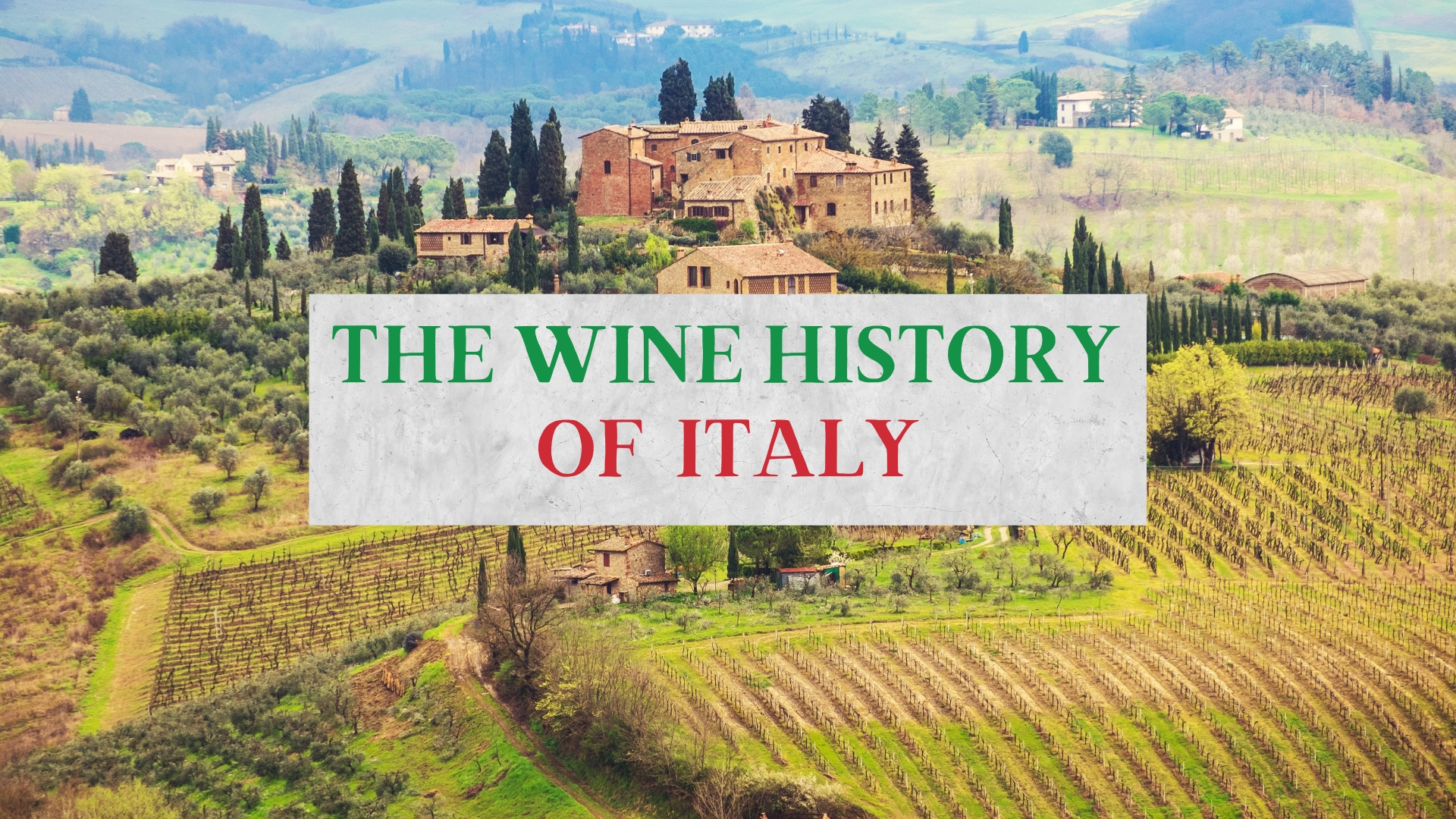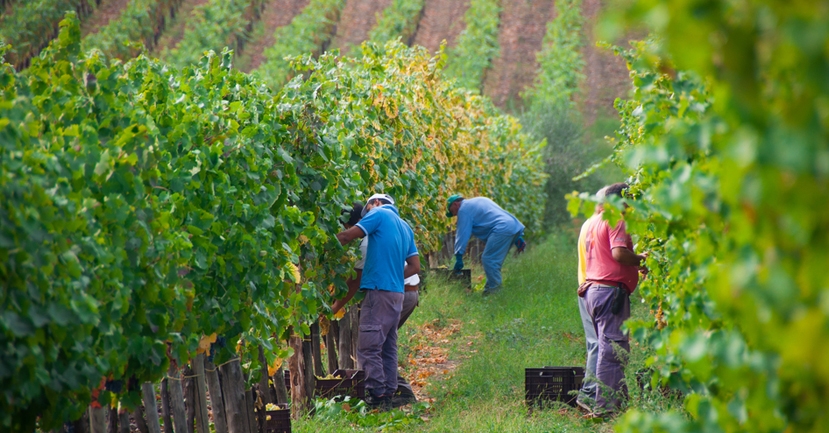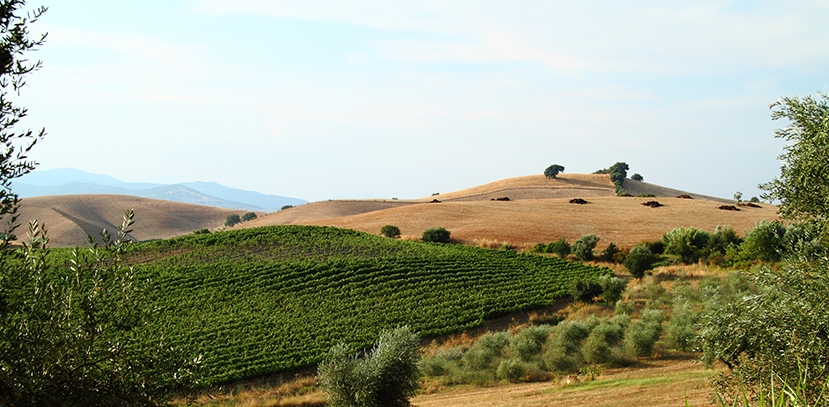BLOG
Luscious Lugana: The Gem of Lake Garda
Abbie Bennington
Regional Spotlight
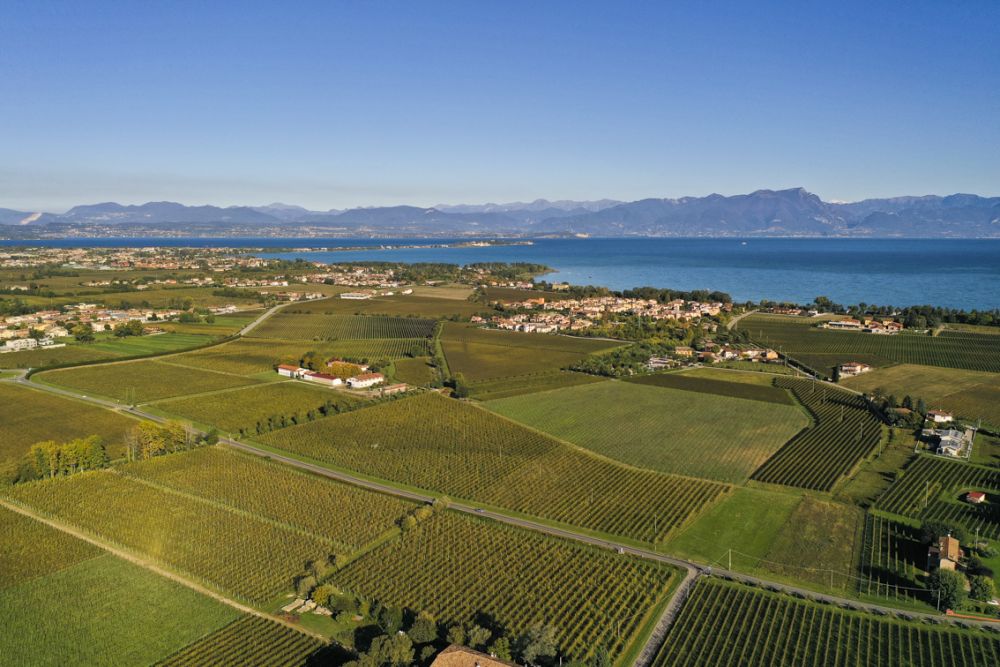
Did someone say Lake Garda? You had me at Lake! Those were my first thoughts when asked to visit the area close to Italy’s largest lake and home of the Lugana DOC.
A region famous for producing delicious, mouth-watering and moreish white wines made from the lesser-known grape variety Turbiana.
Some geographical context here; Lugana DOC is one of very few wine appellations that crosses over two provinces, those of Brescia and Verona. The DOC also covers the two regions of Lombardy and Veneto and overlaps five municipalities. The climate is mild Mediterranean and covers an area of around 2,500 hectares south of the lake.
Lake Garda may not have the same caché as the ‘chi chi’ Lake Como (no George Clooney here) but what it lacks in star appeal it certainly makes up for in quality wine and olive oil production. Not to mention historic sites and rich Italian culture ‘arte di vivere.’

Lugana was formed by a large glacial shift more than 10,000 years ago and its soils are considered unique in Italy. Referred to as Morainic (the detritus left by a moving glacier) its base is a mix of clays, limestone and minerals ideally suited to the local grape.
The lake has a moderating effect on day to night temperatures creating a microclimate that can benefit grape growth thanks to the breezes known as Peler (north wind) and Ora (south wind). Often described as the perfect ‘climatic cradle’ it favours the variety Turbiana. This is an indigenous grape to Lugana, an area with a history dating back to Roman times.
Turbiana itself seems to have proved to be quite the conundrum for not only the DOC but for ampelographers worldwide. Once thought to be part of the Trebbiano family, research has proved something different. Some amateur sleuthing revealed in Italy’s national register of grape varieties no mention of Turbiana. However, Trebbiano di Soave synonyms include Verdicchio Bianco, Trebbiano di Lugana and finally Turbiana.
Delving a little deeper some DNA studies have shown that Verdicchio and Turbiana are almost identical. Something that the Lugana DOC has disputed. Although almost the same, recent research has shown the varieties to be slightly different, Turbiana appears to be a biotype of its own.
Semantics to some the difference is important, the wines of Lugana DOC are very different to say the wines of the Marche region’s Verdicchio variety on the eastern seaboard of Italy’s Adriatic coast. Lovers of Italian northern white wines may be aware of the famous wines of Verdicchio di Castelli di Jesi which bears little resemblance to the white wines of Lugana.
Characteristics of the Turbiana variety are clear, tight bunches with thick skins, high acidity and a stong pH. It makes for a versatile grape that can be made into a broad range of styles from dry, sparkling to late harvest sweet wines. Lugana DOC produces five wines including Lugana DOC, spumante, superiore, riserva and vendemmia tardiva.
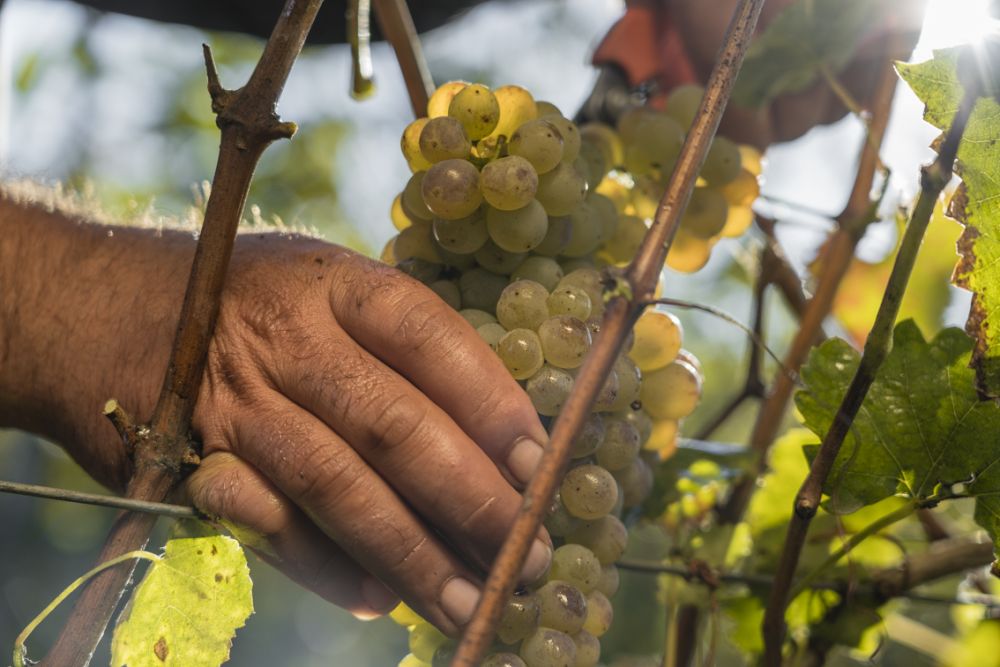
Turbiana can produce delicious wines in their infancy, but increasingly wine lovers and sommeliers are showcasing their ageability. Something that Ambra Berardi from the Consorzio di Lugana was keen to share:
“In the past the producer, maybe didn't believe in this potential because they produced a wine that was just for themselves. But then there was a group of producers that started to believe in their ageing capacity maybe 10 or 15 years ago. The director that was at the consortium created a personal archive in our office. He started to open a 2008, 2011, and we discovered that the wine was still good. A wine that was not once thought for longevity. We are working on this message because everybody thinks that Lugana is just a fresh and easy drinking wine, but it's not that. When we're speaking about Lugana we say that it's a wine of ‘complex simplicity’!”
We tried dozens of wines from fresh easy drinking styles to sparkling wines made using traditional and Martinotti methods. Even the late harvest wines showed great complexity. Although the young vivacious wines many consumers associate with Lugana, packed with bright citrus notes and orchard fruits are great; it was the aged styles which left a lingering taste on the palate.
Take the aged wines of Tenuta Roveglia, based near Pozzolengo, Brescia from an estate dating back to 1404. Hosting journalists at their ancient-meets-modern winery site, we dove deep into their back wine catalogue.
This foray included a surprisingly sprightly 1994 Lugana and a more honeyed smoky and almond rich sample dating back to 1988. Both were outstanding and testament to the message that Lugana has ageability.
“It’s impossible not to smile when you have a glass of Lugana in your hand,” says Babettli Azzone one of the three female led owners of the fourth generation Tenuta Roveglia Estate.

Lugana remains relatively small compared to some of its supersized neighbors including the Veneto and its great city of Verona to the east including Soave, Valpolicella and of course Bardolino wine regions. Lugana produced some 27,800,000 bottles in 2023 exported to 65 countries worldwide.
Interestingly though there is no DOCG here—the highest designation for Italian wines. DOC’s qualifying guidelines are less strict and for a region whose wines are known for their quality I was keen to ask why not? Director of the Consorzio, Edoardo Peduto says:
“We have started these discussions. It’s too early, we only started talking about it two months ago. It takes time, I’m confident that the producers will follow us… when we are ready, we will talk about it to everyone.” Timing of which was mooted at 18 months.
One thing is for certain, if the wines of Lugana have passed you by or have not been a part of your recent drinking habits they are worth a look. The region and its great selection from still to sparkling and young to old are well worth visiting in your glass, if not, perhaps, even better in person.

